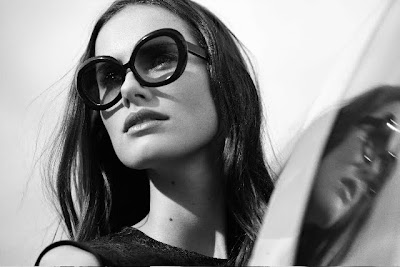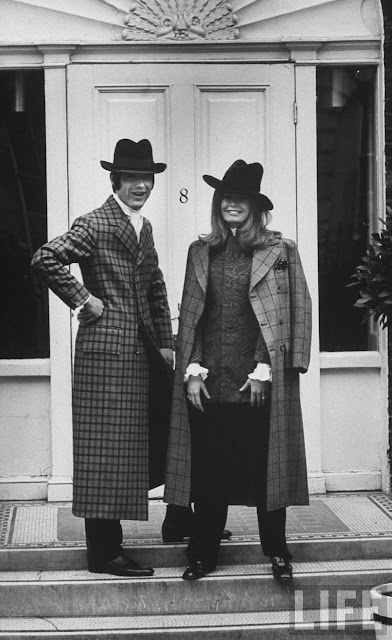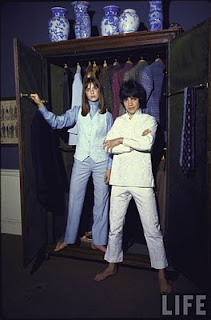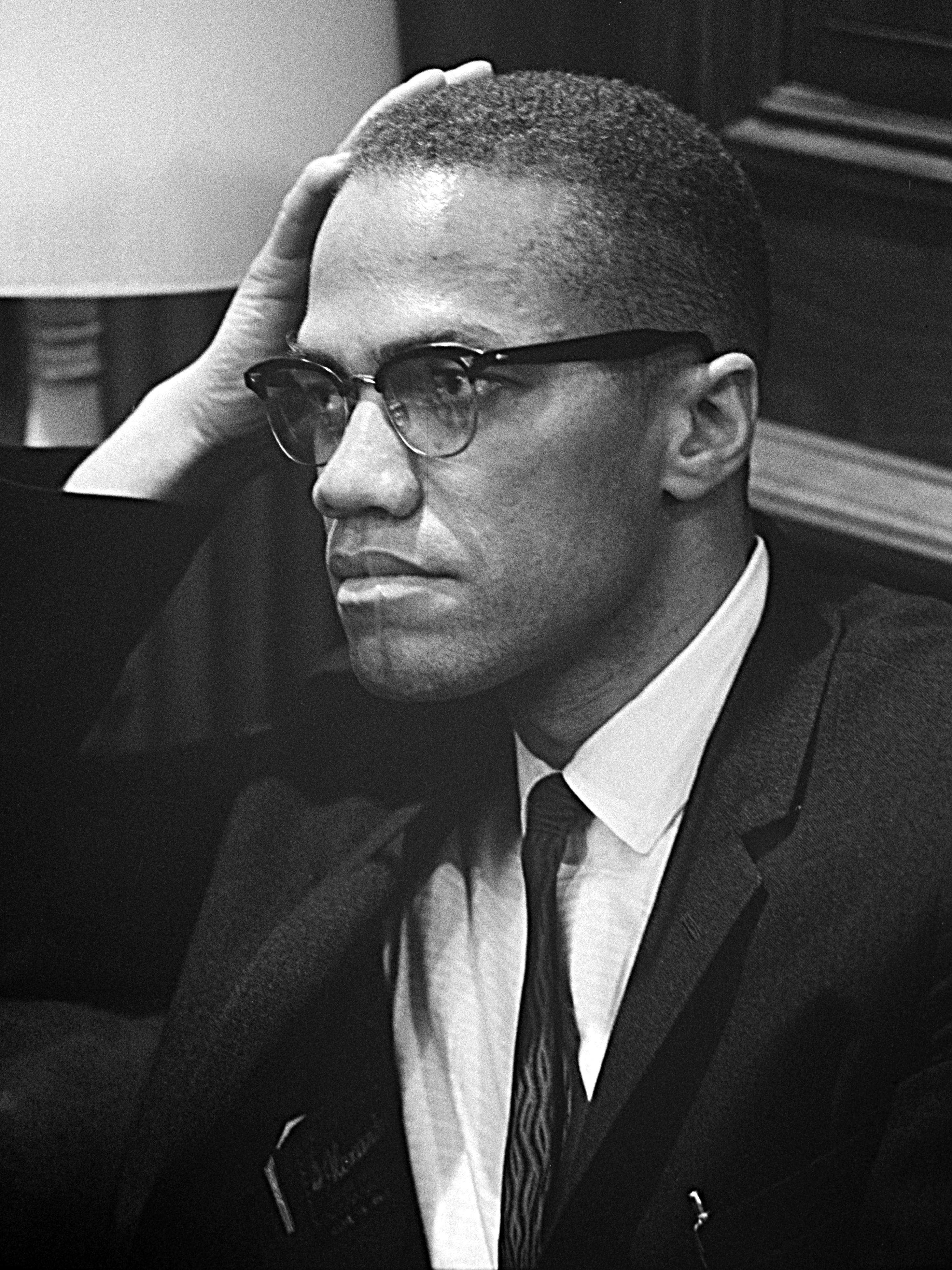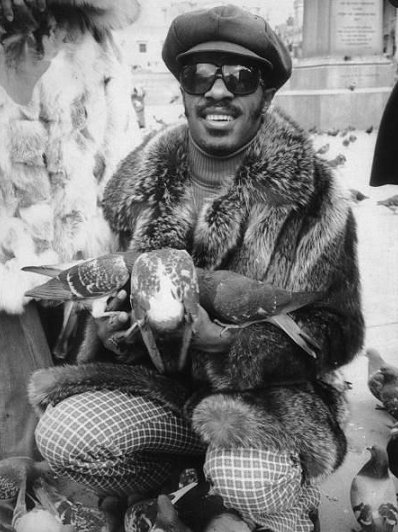For I saw this and had high hopes
Over the weekend, I attended the presentation of a number of indigenous fashion lines as a guest of my cousin, a dressmaker and cutter of no small aptitude herself. Constantly in thrall to my own cultivated cynicism, I nevertheless recognised it as an opportunity to potentially overturn The Dearth that characterises the stylistic modes here. For you see, there is usually more than one way around the pernicious effects of limited resources – I find a large helping of imagination in a vigorous threesome with refinement and wit often carries the day
I’d certainly venture that selecting the relatively lengthy poolside at an ostensibly five star hotel next to a more appealing beach and serving questionable sparkling alcohol and something I believe to be called “Vitamilk” was some wag’s idea of a gag. The mode parade for the evening consisted of collections from Ghanaian – and the odd passing Nigerian – designers looking to balance the worlds of Necessity and Interest – which is to say, the worlds of Commerce and Craft, which would account for the spectacle of garment-based identity crises I saw. Now, Ghana is mostly a conservative society but when its sons and daughters approach “Baller” status, aesthetic modesty and restraint don’t enter into the uninhibited dive into profligacy that follows. They like it bold, flamboyant and often as tacky as possible, like citizens of most other countries with higher social positions and gatherings that they don’t truly know how to appear for. The difference is that there is a filter missing here that prevents questionable ensembles from appearing as the only option (then again, an import copy of Vogue costs the equivalent of almost £20)
This attention to decorum applies to organisational structures, for whilst we arrived over an hour late, expecting to miss the speeches and emerge straight into the catwalk, we discovered that there was still another 20 minutes of oratory to be seated for. Also unanticipated was the revelation that the sashaying we were about to witness came with auctioneering as the designers sought different ways to raise their orders (the "Chinese - or was it Indian? - Auction" we later witnessed, which was predicated on the bidders paying the difference between their bid and that of the previous bidder, only sprang to life when the MC raised the bid to a more favourable level, leaving him holding the purse strings for 77 cedis (around $60) in the process)
There’s always an alarm bell that rings when one attends an invite-only event in Ghana that is non-payable and yet asks for money anyway – there is always a tendency to presume that everyone, no matter what function they are serving in their invited capacity, is Rich. And in a culture that encourages the hire of dancers who expect guests to pay them on the spot, such is anathema to good will, which does help to explain why High Society here is partially founded on peacocking, inverse snobbery and bitchiness
Even the young fellows proffering distinct shirts, redolent as they were of the long cut, Mandarin collared confections of prime Pierre Cardin, responded to my innocent inquiries about their range, pricing and collection with requests for my phone number – “I’d really feel more comfortable if I had [it]” – and my measurements. The pricing and detailing certainly proved to me that I was on firmer ground with the likes of W.W. Chan and Turnbull & Asser
Meanwhile, it seemed the intent was that the event be timestretched for as long as possible. Whilst the organisers may have been in thrall to the hotel to add publicity, this was still a mistake, for they were to show enough collections to fill around 3 hours at the least, interspersed with auctions and without recourse to respite. I’ve never been a captive audience member when I can help it, so suffice to say, I left once I’d seen enough. Even so, my critical eye had much to take in
I don’t demand craft on the level of a Saint Laurent or a Mainbocher or a Watanabe but I’d be curious as to how many women desire to be draped in long, bright yellow gowns with a transparent ribbon panel across the thighs and ornamental bobbles that resemble the haute couture fantasies of a Cantonments prostitute (“ashawo”) with a curious fetish for 1970s British lampshades, nor overly long dresses that sweep the ground with the efficiency of a cleaning unit, the grace of an exuberant shaggy dog moving on its joints and the freedom to hit any and all snags between leaving the bedroom and descending the stairs. Similarly, what male tailoring was displayed delighted in unorthodox cuts but lacked a true intuition in the patterns to create pieces that complemented even the mostly athletic models parading them, whilst continuing to perpetuate the grotesque myth that high shirt collars are flattering to the physiques of African men – our “length cliché” does not at all apply to our necks
Speaking of which, the choice of models ran the gamut from acceptable to bizarre. Whilst some wholeheartedly captured the android/gynoid inflections intrinsic to this line of work, others interpreted swaggering as shambling and I may never be able to scrub the image of the girl who was half gazelle, half freeloading, bellicose alcoholic from my memories. I remain uncertain as to whether the 5'5" male model was involved to fulfill a proportional representation of some sort, but clothing him in double pleated trousers was perhaps the least of his ensemble's inadequacies. Also to their detriment was the coordination that required one model to wait in full view of the audience for up to 30 seconds at one end of the pool for the other to complete a single walk before taking their turn
I thought that the magazine sold at the show, “In-Thing Maglogue,” was more valuable than the event itself, primarily because appealing designs could be sought in it, provided I scrutinised closely enough. Priestar Creations, for one, has a certain potential. Nevertheless, this assessment became all the more galling once I’d acquainted myself with various Nigerian labels in 20 minutes of Google searching
At least I knew where the exits were
I don’t demand craft on the level of a Saint Laurent or a Mainbocher or a Watanabe but I’d be curious as to how many women desire to be draped in long, bright yellow gowns with a transparent ribbon panel across the thighs and ornamental bobbles that resemble the haute couture fantasies of a Cantonments prostitute (“ashawo”) with a curious fetish for 1970s British lampshades, nor overly long dresses that sweep the ground with the efficiency of a cleaning unit, the grace of an exuberant shaggy dog moving on its joints and the freedom to hit any and all snags between leaving the bedroom and descending the stairs. Similarly, what male tailoring was displayed delighted in unorthodox cuts but lacked a true intuition in the patterns to create pieces that complemented even the mostly athletic models parading them, whilst continuing to perpetuate the grotesque myth that high shirt collars are flattering to the physiques of African men – our “length cliché” does not at all apply to our necks
Speaking of which, the choice of models ran the gamut from acceptable to bizarre. Whilst some wholeheartedly captured the android/gynoid inflections intrinsic to this line of work, others interpreted swaggering as shambling and I may never be able to scrub the image of the girl who was half gazelle, half freeloading, bellicose alcoholic from my memories. I remain uncertain as to whether the 5'5" male model was involved to fulfill a proportional representation of some sort, but clothing him in double pleated trousers was perhaps the least of his ensemble's inadequacies. Also to their detriment was the coordination that required one model to wait in full view of the audience for up to 30 seconds at one end of the pool for the other to complete a single walk before taking their turn
I thought that the magazine sold at the show, “In-Thing Maglogue,” was more valuable than the event itself, primarily because appealing designs could be sought in it, provided I scrutinised closely enough. Priestar Creations, for one, has a certain potential. Nevertheless, this assessment became all the more galling once I’d acquainted myself with various Nigerian labels in 20 minutes of Google searching
At least I knew where the exits were









